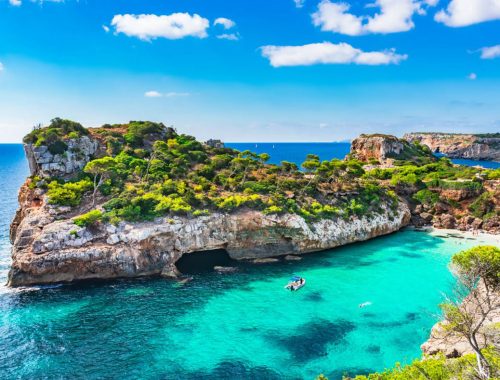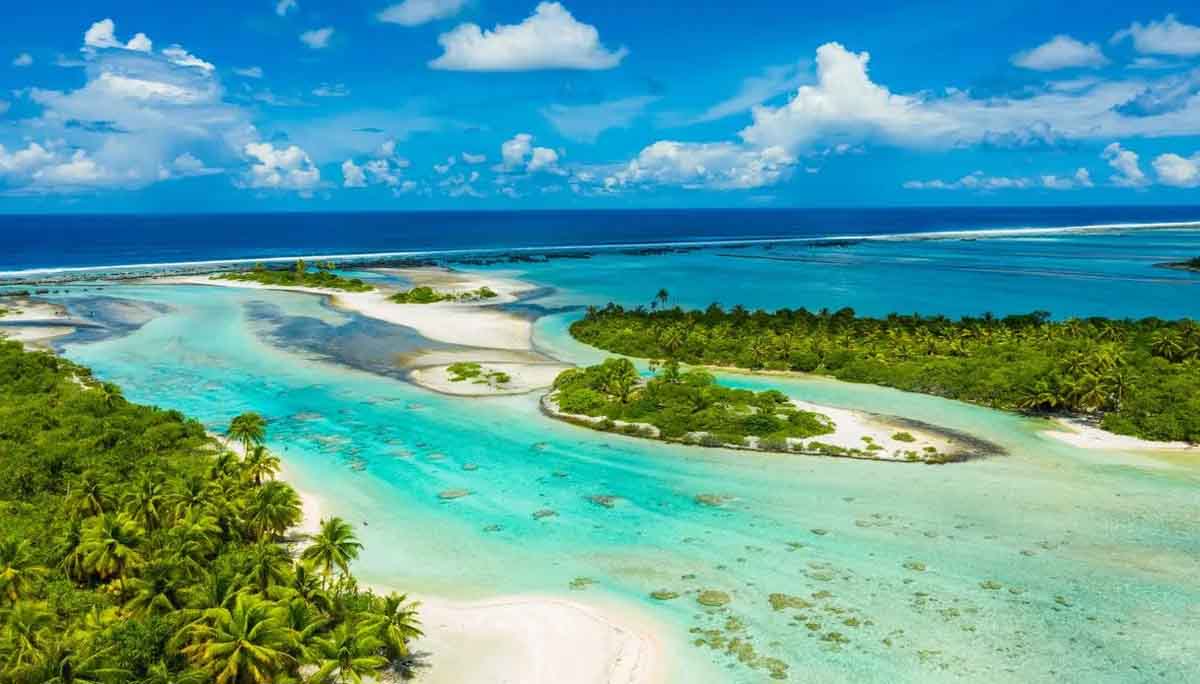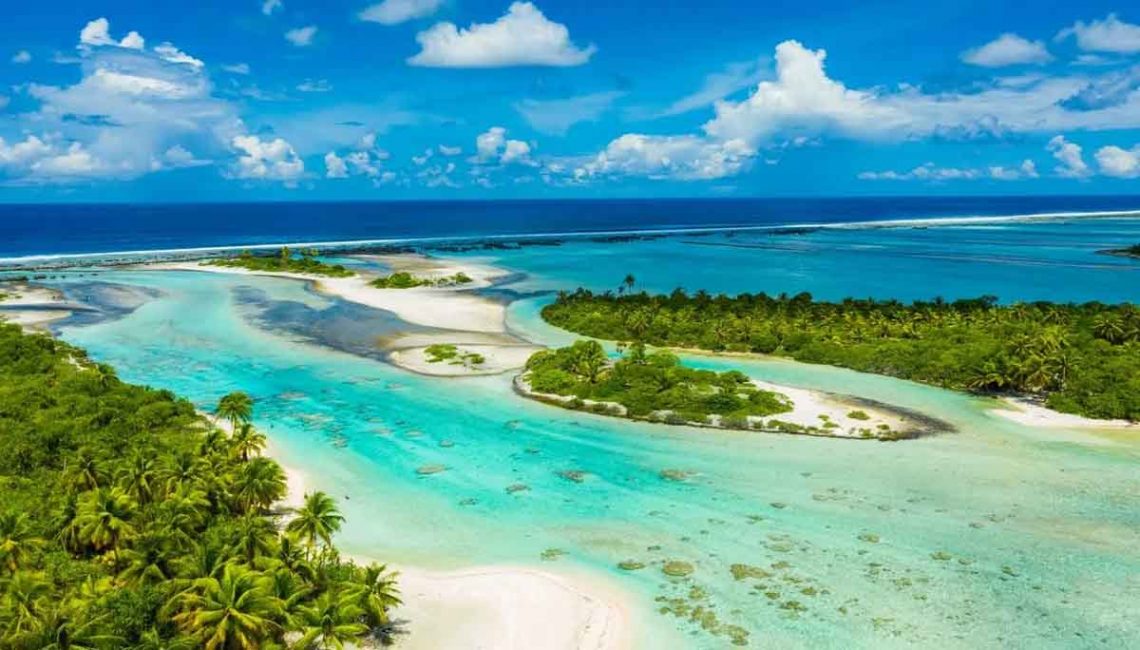
Leeward Islands: the tropical dream of French Polynesia
A handful of atolls and lagoons scattered in the South Seas that are a delight for the eyes and a cure for the soul. These are the Leeward Islands in French Polynesia, Raiatea, Bora Bora, Taha’a and Huahine. Always the dream of any sailor and a symbol of a lost paradise.
The tropical dream of French Polynesia. If there is a place on the planet that, in the collective imagination, comes closest to paradise, it is undoubtedly French Polynesia. A sort of archetype of the tropical dream made up of pristine atolls, lush forests, turquoise waters with a thousand shades and white sandy beaches dotted with palms. It’s actually a gigantic territory that extends across much of the southern seas with its isolated archipelagos far from civilization. It’s no coincidence that this corner of the world has been and still is at the center of the interest of many sailors and navigators who, by visiting these islands and lagoons of the Pacific, relive the emotions of the first explorers, starting with Captain James Cook who landed here in 1769.
It was Cook who baptized the most important archipelago of French Polynesia, which is the destination of our 7-day sailing cruise, namely the “Society Islands,” specifically the Leeward Islands. These include Raiatea, also known as “the sacred island,” the legendary Bora Bora, Tahaa, the vanilla island and finally Huahine, the most authentic Polynesian island. In addition to being places of lush and stunning nature, these overseas territories are home to some of the most peaceful, smiling and hospitable populations, as well as rich cultures and ancient traditions. In short, perfect destinations for those who travel by sail in search of the true tropical paradise.
Day 1, Raiatea, boarding
We begin our cruise from Raiatea, which will be the embarkation base. Known as the cradle of Polynesian culture, Raiatea was the first inhabited island in French Polynesia and the starting point for ancient explorations in the Pacific. It was from these shores that, after blessings, ritual ceremonies and sacred celebrations, the canoes of the first explorers ventured north to Hawaii and west to New Zealand. The name Raiatea itself means ‘distant paradise,’ but the ancient term was Havai’i, as it is considered the homeland of the ancient Polynesians and the cradle of the gods. For this reason, it is recognized as the most sacred island in the region.
For many years, Raiatea has been the most popular destination for sailing enthusiasts visiting French Polynesia. Therefore, it is filled with boats, marinas with nautical services and deep, calm bays immersed in an untouched environment amid lagoons, volcanic craters and waterfalls. The sailing conditions are also excellent.
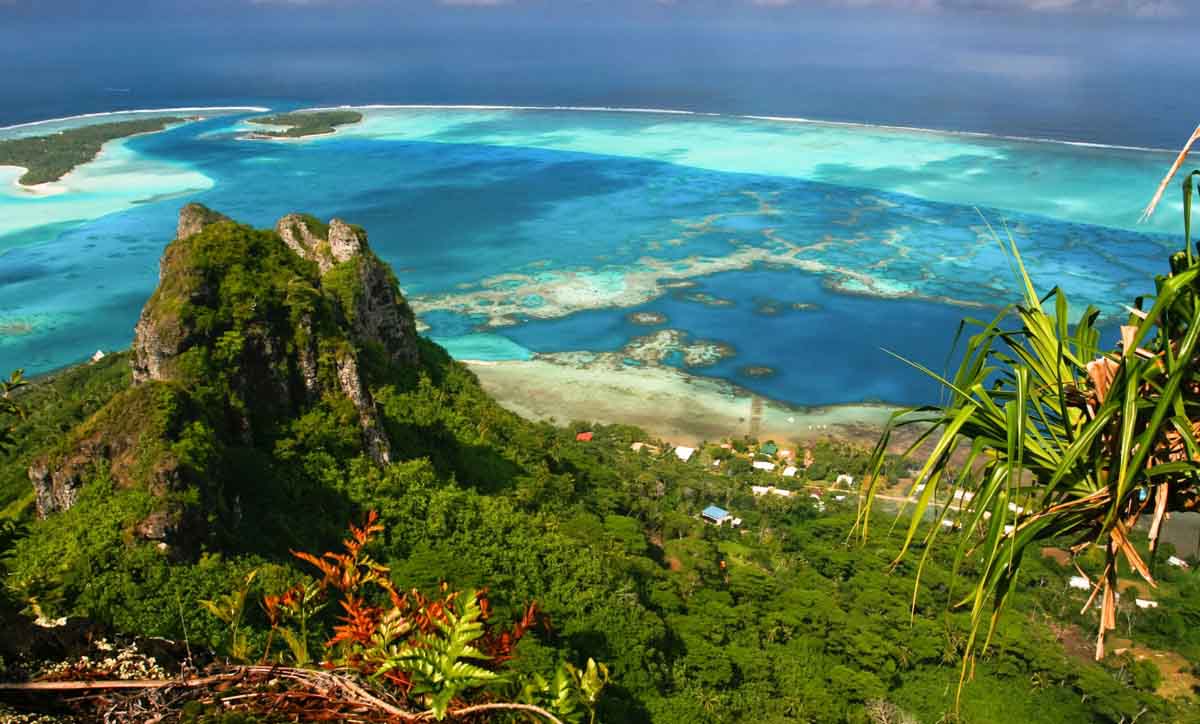
Day 2, Raiatea, island tour, 40 miles
The scenario of Raiatea is truly breathtaking. From a sea of endless shades of blue to emerald green, mountains covered in green rise, surrounded by valleys cultivated with pineapples, coconuts, taro, papaya and bananas. One of the highest peaks is Mount Temehani, actually an extinct volcano that can be reached at its summit through an exciting hike. It is here, among other things, that the ‘apetahi’ grows, a unique white and delicate flower in the world, which blooms only at dawn and has become the symbol of Raiatea. On the ‘motu,’ small islets and sandy beaches surrounding the island, you can discover magnificent beaches of white sand and wonderful underwater ‘gardens’ near the coral reef. Ideal waters to venture into with a mask and fins among a rich and colorful fauna.
Raiatea is also home to the Faaroa River, entirely navigable and can be explored along with its tropical forests by canoe or the boat’s tender. Among other excursions to do, there is certainly the one to the gigantic archaeological site of Marae Taputapuatea, a sacred and once forbidden place where ceremonies of inauguration, political alliances and international congresses of all French Polynesia still take place today.

Days 3 and 4, Raiatea-Bora Bora, 25 miles
On the third day of the cruise, we set sail for the legendary Bora Bora, where we will also stay on the fourth day to fully experience this enchantment of nature. Defined as the “jewel of the South Seas,” Bora Bora has always been considered the symbol of Polynesian myth, encompassing the most fascinating traits of this wonderful world. Tranquil beaches kissed by crystal-clear water, lush forests covering the mountain slopes, internal waterfalls and splendid lagoons for swimming. Located about 120 miles northwest of Tahiti, Bora Bora has a unique formation. The island is situated in the center of a lagoon surrounded to the north and east by two long sandy ridges right at the edge of the coral reefs, called Motu Mute, where Bora Bora’s airport is also located, and Motu Piti Aau.
The peculiar shape is due to Bora Bora’s origin, as in ancient times, it was a gigantic volcanic complex that, over the years, underwent a progressive subsidence. Today, only an extinct volcano remains from that ancient territory, the Mount Otemanu (727 m), the highest peak in Bora Bora that towers imposingly and protects it from oceanic winds. Reaching its summit allows you to enjoy a marvelous panorama.
The wonder of Matira Beach
Among the beauties of the island, is Matira Beach, one of the most beautiful white sand beaches in the world, where you can relax in the shade of coconut palms or indulge in an underwater experience. The beach is partially private with bars, restaurants and services, but there is also a public access area. Since it is one of the most visited, it would be advisable to reach it in the early morning hours.
Other exciting excursions include a visit to Coral Garden, the natural aquatic reserve located in Taurere, where you can admire hundreds of marine species, including rays and sharks and natural coral sculptures. Another must-see is the Maritime Museum, where you can see a collection of miniatures of famous ships that passed through those waters. Finally, there is Vaitape, the most important city on the island, full of clubs, shops, and restaurants. Among the latter, Bloody Mary’s stands out, often frequented by VIPs and celebrities, offering, among other things, free Wi-Fi and ice service.
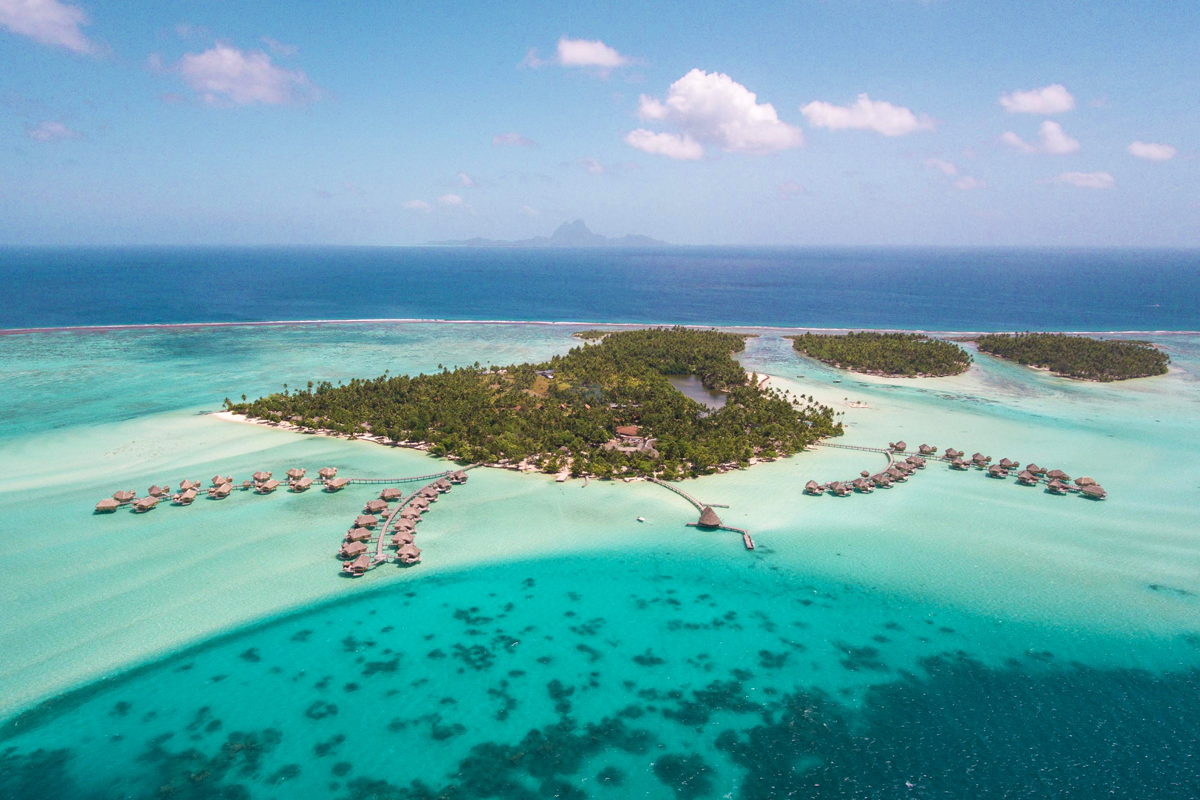
Day 5, Bora Bora-Taha’a, 15 miles
The fifth day of our itinerary is entirely dedicated to Taha’a. Located in the center of the Leeward Islands, Taha’a, formerly known as Uporu, overlooks the same lagoon as Raiatea, from which, according to legend, it was separated by a sacred eel possessed by the spirit of a princess. The island is a true pristine gem that has maintained the atmosphere of a small Tahitian village. In terms of its geography, the north forms a continuous strip, while the south coast is rugged and rich in bays. You can anchor in Apu Bay, where you can swing freely at anchor and enjoy a peaceful day on your boat.
Other sheltered areas to anchor are the southwest bay of Hurepeti, and to the east, those of Rari, Fahaa and Haamene. Once anchored, you can take your time to explore Taha’a with its slow pace of life, gentle landscapes and the intense scent of vanilla cultivated along the entire coastline and in the small villages on the hills. It will be interesting to visit one of these plantations that produce 70-80% of all the vanilla used in French Polynesia. The island is dominated by Mount Ohiri, from which you can enjoy an extraordinary panorama, admiring the deep valleys and lush vegetation of coconut palms, ferns and grasses.
Take a swim among corals, fish, and wrecks
One should certainly visit the coral reef located in the lagoon with an immense variety of fish, including Napoleon fish, barracuda, sharks and dolphins. Here, you can also explore the wreck of the sailing ship “Nordby,” sunk in 1900. But in Taha’a, it’s also nice to simply lie down on one of the many white sand “motus” that surround it and feel like modern-day Robinson Crusoes, with local fishermen sailing the sea in outrigger canoes in the background. Not to be missed are visits to local rum distilleries, pearl farms and the bustling and colorful market of Uturoa.
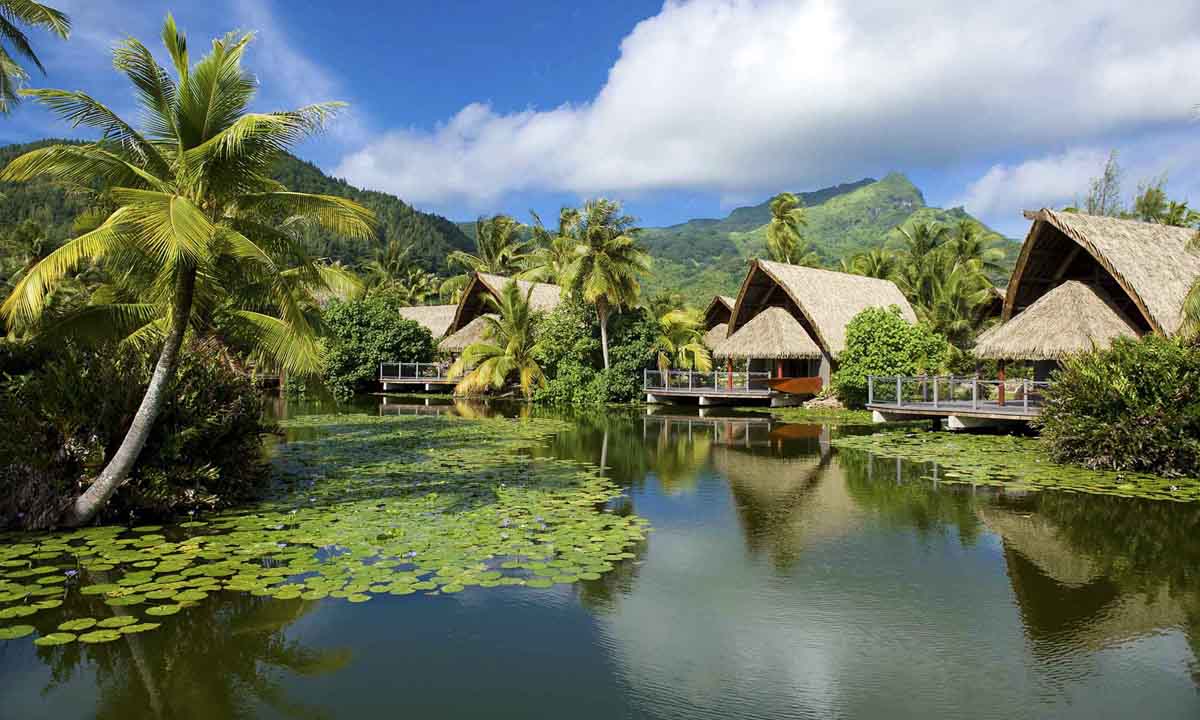
Day 6, Taha’a-Huahine, 30 miles
We continue our cruise in Polynesia heading towards Huahine, a sparsely developed island that still preserves an authentic character untouched by modernity. Its name in the Polynesian language means ‘woman,’ derived from the shape of the mountain that overlooks the island, resembling the profile of a reclining woman. It is composed of two volcanic islands, the larger Huahine Nui to the north and Huahine Iti to the south, connected by a small stretch of sea that, during low tide, leaves only a sandbar to separate the islands, linked by a bridge.
According to legend, the two islands were separated by the god Hiro, who, with his canoe, marked a boundary during a stormy tempest. All nautical services are concentrated on the larger island, where the main village of Fare is located, filled with fruit and fish markets. There is also a small post office and a church.
Wandering around archaeological sites and pearl farms
Otherwise, the nature of Huahine is characterized by pristine landscapes, beautiful white beaches surrounded by the intense green of orchards and cultivated fields with melons, bananas and vanilla. There’s much to discover at the archaeological site of Maeva, which houses 200 stone structures, the ancient dwellings of Polynesia, along with religious monuments and even the remains of a sacred temple. If you’re a lover of pearls, then the Huahine Pearl Farm is just what you’re looking for. Accessible by boat, it allows you to learn about the birth and processing of pearls, from white to precious black ones, with a wide exhibition and sale of jewelry.
An interesting excursion is in the area of the former Bali Hai hotel. It was damaged by a cyclone in 1998 and can be reached by a short walk along the beach to the north of Fare. A rather adrenaline-pumping experience, on the other hand, is snorkeling with barrier sharks that swim confusingly alongside a myriad of other colorful fish.
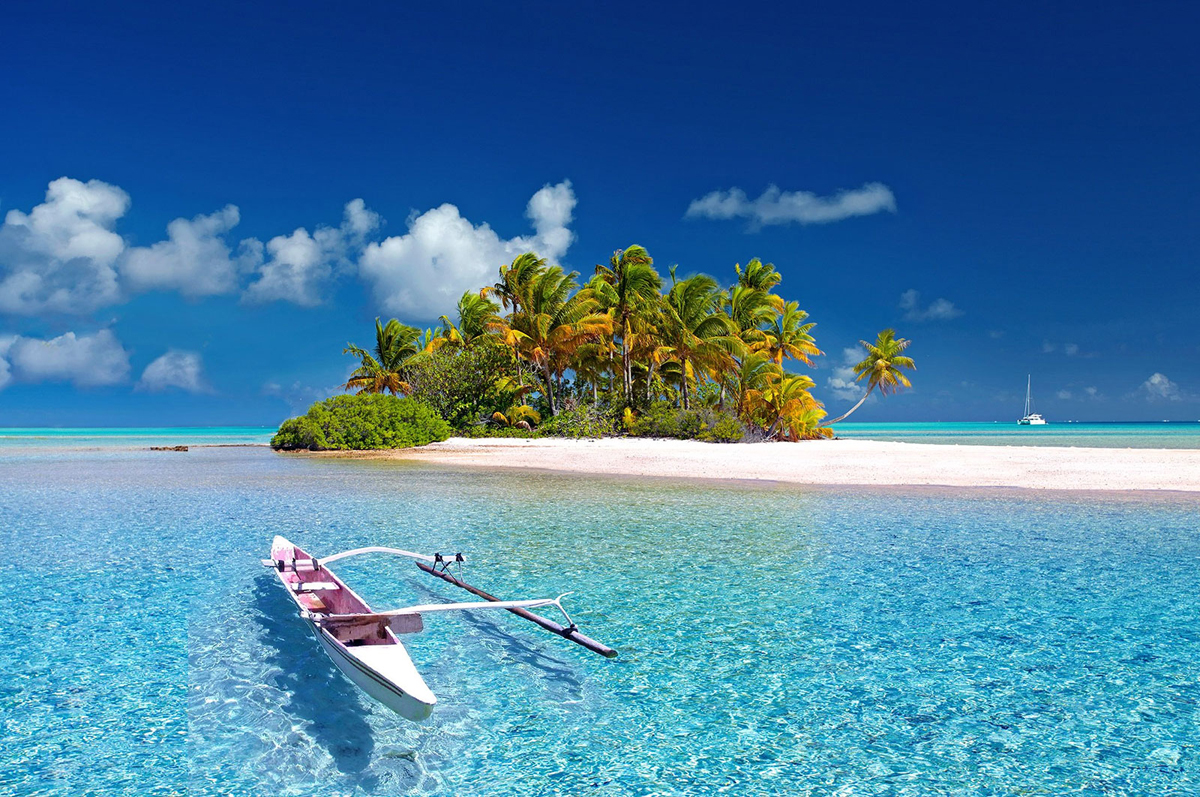
Day 7, Huahine-Raiatea, 30 miles
It’s the last day of our cruise in French Polynesia and it’s time to return to the base in Raiatea for check-out. Only a handful of hours separate us from the end of this vacation in one of the most beautiful places on the planet. An experience that will surely stay in our hearts for the majestic nature, the lagoons of a thousand colors, the slow pace of life and the hospitality of its peaceful and smiling inhabitants.
You May Also Like
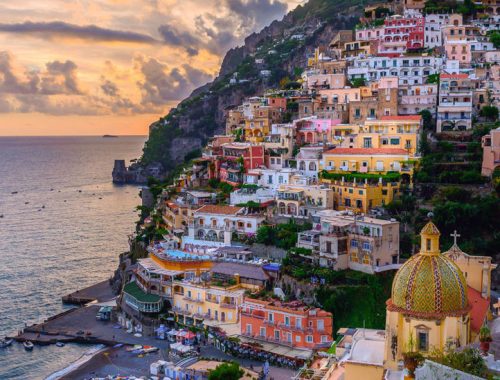
Amalfi Coast and Phlegraean Islands by sail
28/11/2023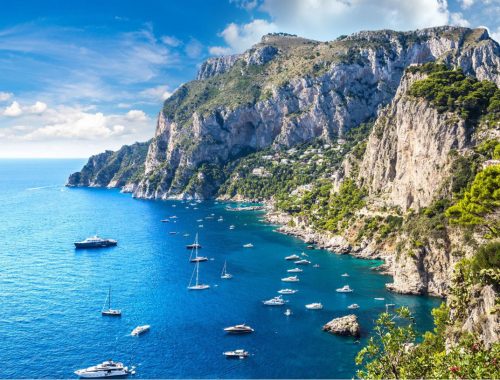
Amalfi Coast and Parthenopean Islands: a dream cruise
21/10/2021